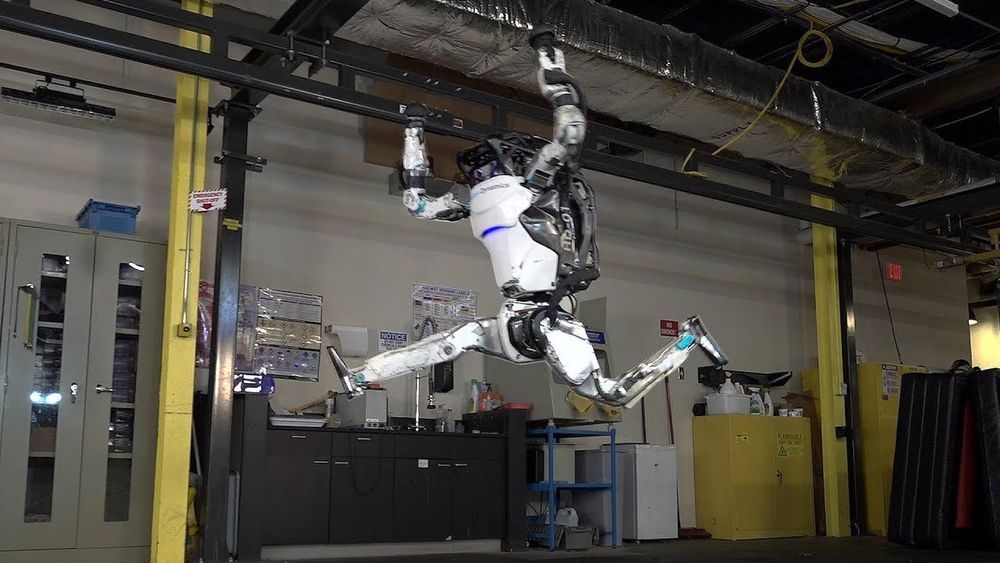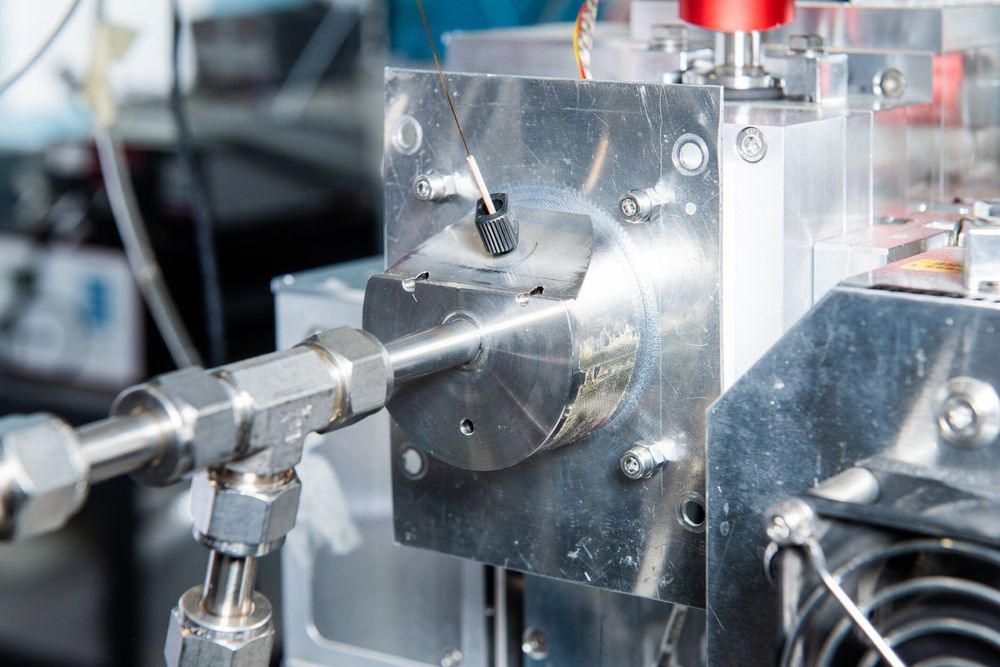Dreams of human immortality may remain so, but extending our lives beyond 100, even 150 years, can soon become a reality. ‘The Future is Now’ explores ground-breaking technology that might help us to slow down the ageing process and overcome our physical limitations.
3D-printing of brand new human organs, controlling bionic prosthetics with your mind, or invading your body with disease-fighting microrobots. Hosts Kate and Talish bring you the latest developments in biomedical engineering.
Learn what artificial organs have to do with gravity, or see how the world appears to blind people who have had their vision restored with bionic eyes and a chip. Hear from researchers and futurists about their predictions and warnings regarding the future of science.
SUBSCRIBE TO RTD Channel to get documentaries firsthand! http://bit.ly/1MgFbVy









